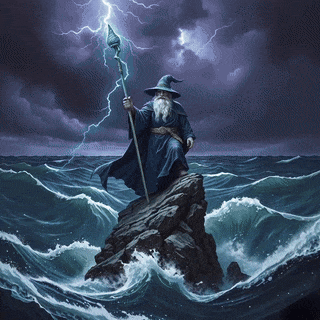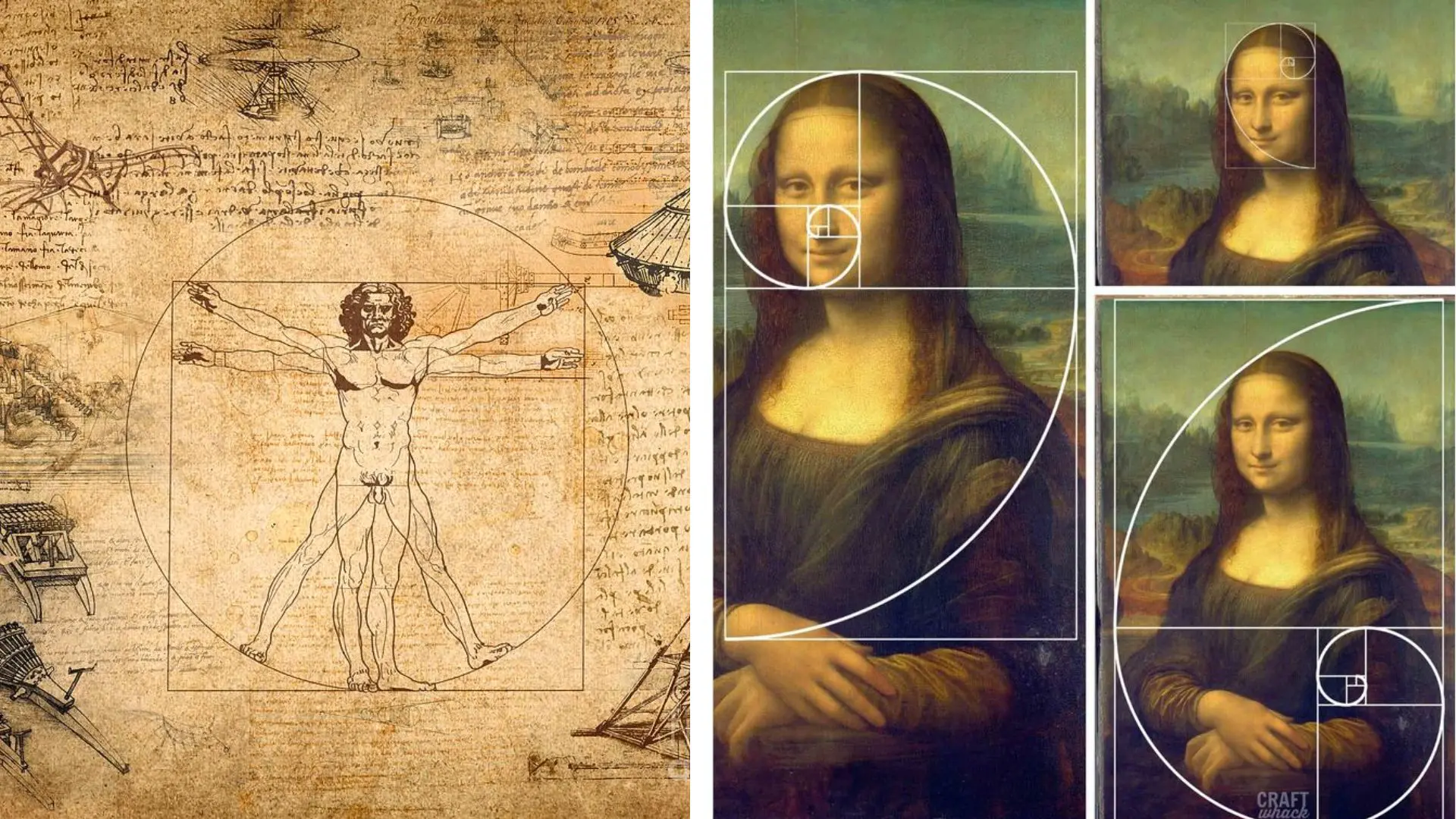
The rise of artificial intelligence (AI) has led to an ongoing debate about the nature of art and whether AI-generated art can be considered ‘true’ art.
In a traditional sense, people argue that art is a product of human expression, emotion, and experiences. However, others believe that the creative output of AI systems can be considered art in its own right.
In this blog post, we will explore the subject with arguments on both sides of the AI art debate and the implications for the future of artistic expression.
The Argument Against AI Art Being “Art”
Art is Humanity
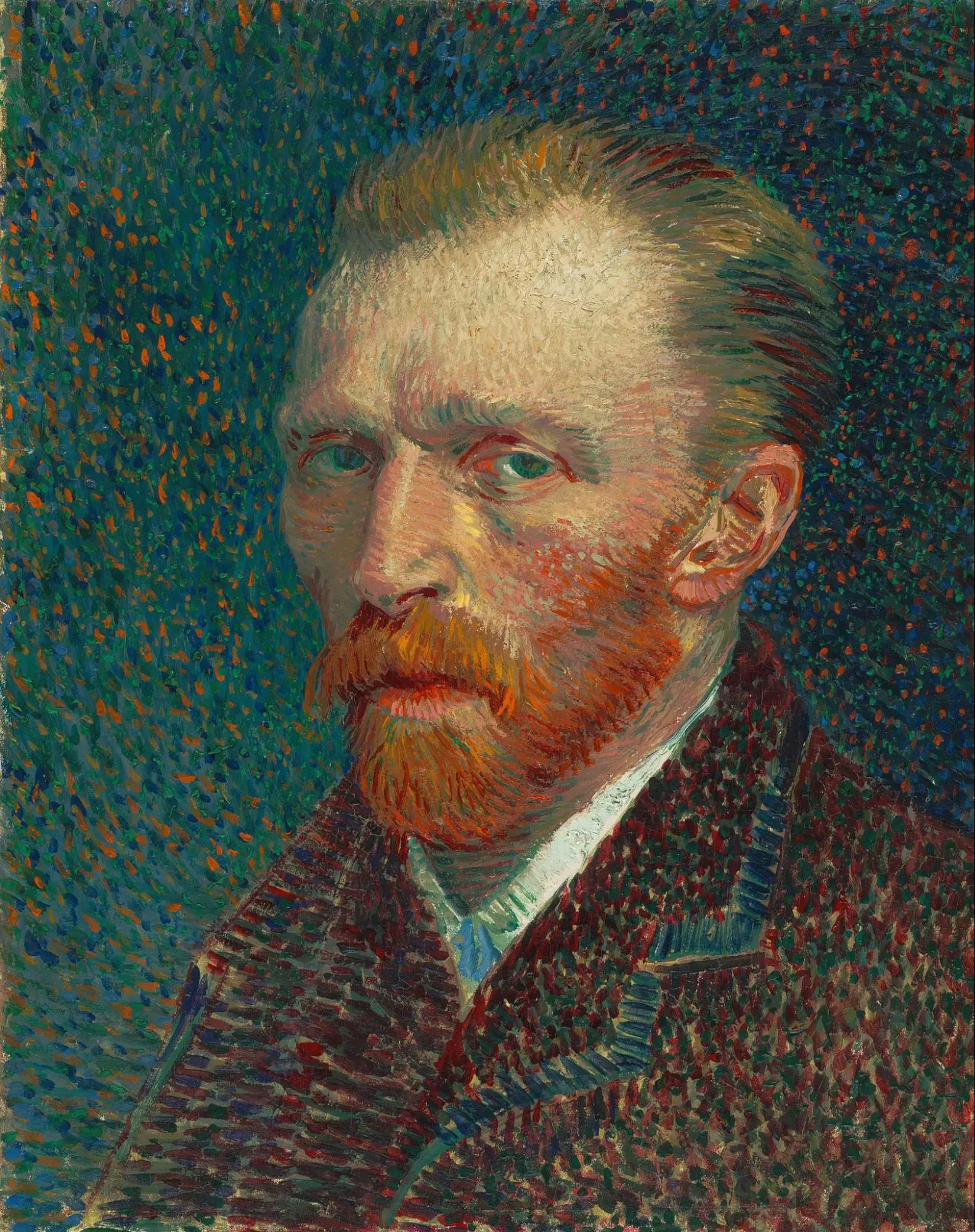
Vincent Willem van Gogh (30 March 1853 – 29 July 1890) was a Dutch Post-Impressionist painter who is among the most famous and influential figures in the history of Western art. In just over a decade he created approximately 2100 artworks, including around 860 oil paintings, most of them in the last two years of his life. They include landscapes, still lifes, portraits, and self-portraits, and are characterized by bold, symbolic colours, and dramatic, impulsive, and highly expressive brushwork that contributed to the foundations of modern art. Only one of his paintings was known by name to have been sold during his lifetime. Van Gogh became famous after his suicide at age 37, which followed years of poverty and mental illness.
Critics of AI-generated art argue that art is a product of human expression, experience, and emotion and that machines lack the emotional depth and nuance that human artists bring to their work.
Humans create art as a reflection of their own lives or their perceptions about life. The very act of living as a human, experiencing and expressing as a human, and dying as a human, is unique to humanity itself. The experience of an organic being cannot be dumbed down to mere numbers and data in hopes of mimicking the experiences of human life and emotion.
It can be argued that AI-generated art is devoid of the human element that is essential to the creation of art, or what gives art its true meaning.
AI Art Lacks Intentionality
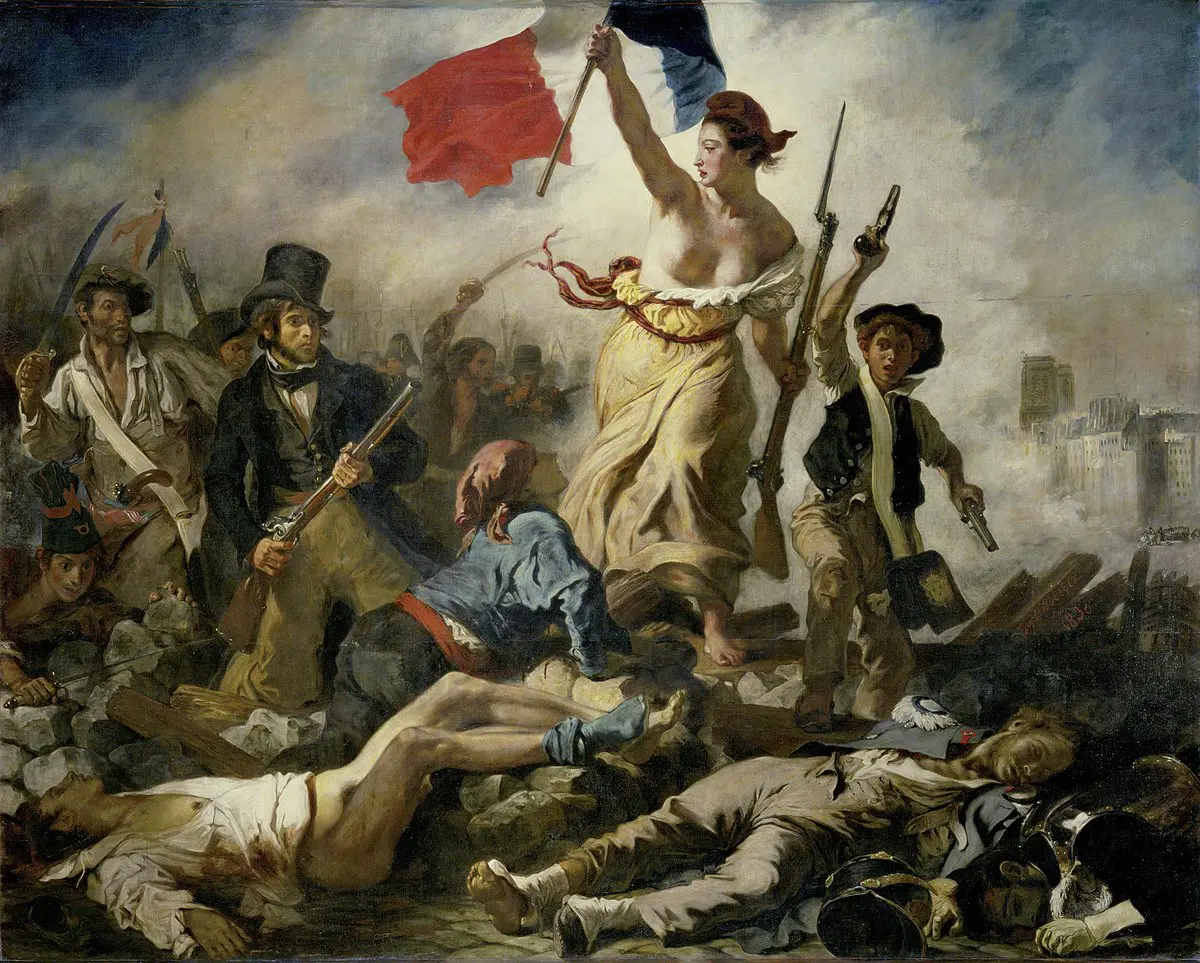
Liberty Leading the People (French: La Liberté guidant le peuple [la libɛʁte ɡidɑ̃ lə pœpl]) is a painting by Eugène Delacroix commemorating the July Revolution of 1830, which toppled King Charles X. A woman of the people with a Phrygian cap personifying the concept of Liberty leads a varied group of people forward over a barricade and the bodies of the fallen, holding aloft the flag of the French Revolution – the tricolour, which again became France's national flag after these events – in one hand and brandishing a bayonetted musket with the other. The figure of Liberty is also viewed as a symbol of France and the French Republic known as Marianne. The painting is sometimes wrongly thought to depict the French Revolution of 1789. Liberty Leading the People is exhibited in the Louvre in Paris.
AI-generated art cannot be considered true art because it lacks “intentionality”. For example, AI could not possibly understand, depict, or recreate the historical significance or context of the painting Liberty Leading the People as shown above.
Intentionality is the fact of being deliberate or purposive. In philosophy, it is the quality of mental states (e.g., thoughts, beliefs, desires, hopes) that consists in their being directed toward some object or state of affairs.
Human artists create art with a specific intention, whether it be to express their emotions, make a political statement, or simply create something beautiful.
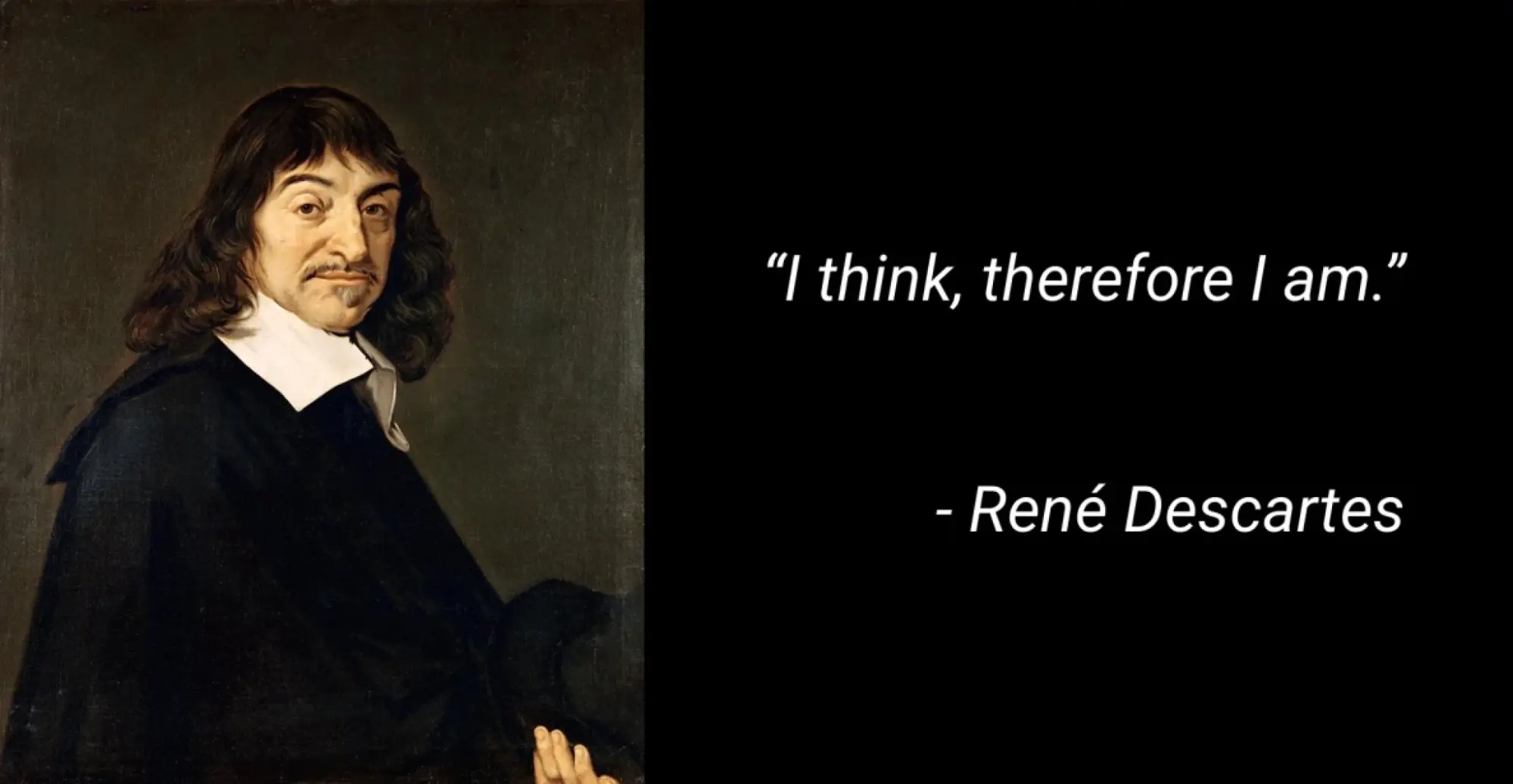
“I think; therefore I am” was the end of the search Descartes conducted for a statement that could not be doubted. He found that he could not doubt that he himself existed, as he was the one doing the doubting in the first place. In Latin (the language in which Descartes wrote), the phrase is “Cogito, ergo sum.”
AI systems, on the other hand, are not capable of intentionality, as they do not possess true “consciousness” or emotions. They cannot be happy or joyous. They do not feel purpose or fulfillment. Conversely, they cannot feel pain, anger, frustration, or sadness.
An AI may mimic human emotions or intelligence/wisdom, but can that truly be considered genuine intelligence when humans program it?
In the traditional sense, the act of an AI mimicking or attempting to instill meaning or intentionality in the “art” it produces is not really “art” as the artificial intelligence program has no emotions, it is not thinking, and there is no intention behind it.
The art that the AI produces is merely copied and pasted from data or numbers and nothing more meaningful lies beyond that.
AI Is Limited By Its Own Bias

AI-generated art is limited by the data it is trained on and is therefore unable to create something truly original on its own.
If you feed it with good information, it can relay the information back to you, but if you feed it with false information, it cannot then turn factually incorrect data into truth. It is unable to distinguish what is truthful or what is ‘good’ on its own - it cannot turn trash into gold.
AI can also be biased because it creates content based on what it thinks its creators like and is limited by what data its creators feed them.
Real art challenges or recontextualizes - it is an act of original thought. Most AI tools can only please. They cannot subvert or invent unless so programmed.
From an ethical perspective, an AI is only as good as the amount of data it can “steal” from human artists and sources, but that is a topic for another time.
AI Art and AI “Everything” - From A Philosophical and Existential Point of View

Existential risk from artificial general intelligence is the hypothesis that substantial progress in artificial general intelligence (AGI) could result in human extinction or an irreversible global catastrophe.
With AI technology advancing at such a rapid rate, people argue even further that there is no point in humans going to school and seeking higher education if robots and AI are going to replace every meaningful task (such as creating art) that humans have traditionally spent their lifetimes doing for thousands of years.
From a purely philosophical and existential point of view - if AI can create all the art there is in the world, then there is no more need for artists, musicians, creators, writers, actors, etc. (the list goes on), removing purpose and fulfillment which is the very meaning of existence for human life.
To stay on topic, however, we will explore this idea in a different blog post.
The Argument for AI Art
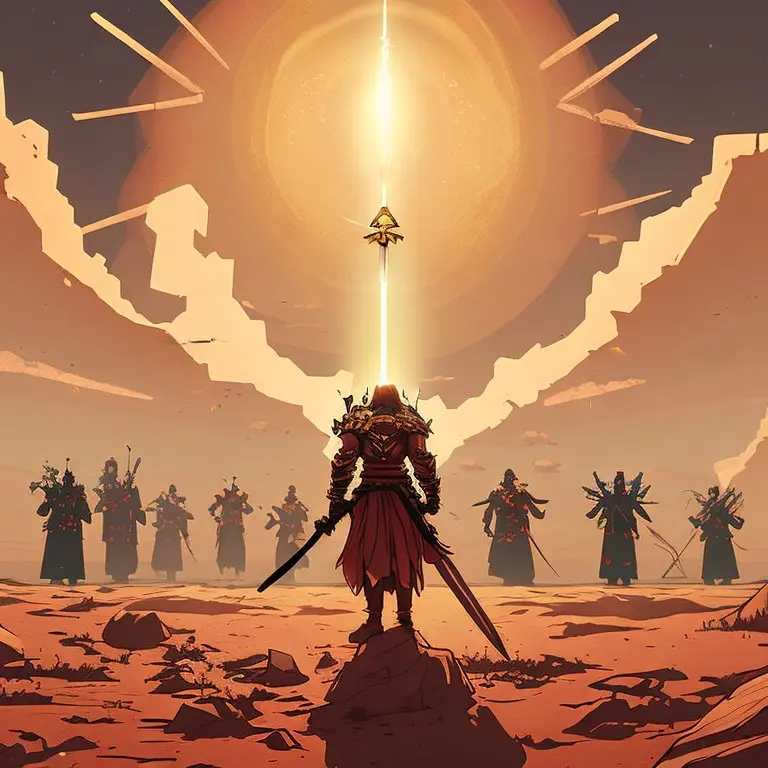
The big question remains - is art still considered art if a human didn't create it?
In our journey to answer this question, let us explore why users argue “Yes - AI art is still art”, and why they see no issue in advocating for the usage, development, and advancement of AI-generated or assisted art.
Results Matter, Not Philosophical “Psychobabble”
Those who argue that AI-generated art can be considered “true art” point out that it is the resulting imagery and art created that ultimately matters, and not the means of creation, or its supposed “meaning”.
Once an AI creates a piece of art, the art piece should just be judged “as is”, rather than judged based on any human-perceived idea of meaning (or lack thereof).
Just As Good As The “Real” Thing

Proponents of AI art also argue that the creative output of AI systems, when trained on human art, can be aesthetically pleasing, thought-provoking, and emotionally impactful, just like human-generated art.
Art, after all, is subjective, and the “beauty” of an AI-generated art piece is in the eye of the beholder.
Unique In Its Own Right
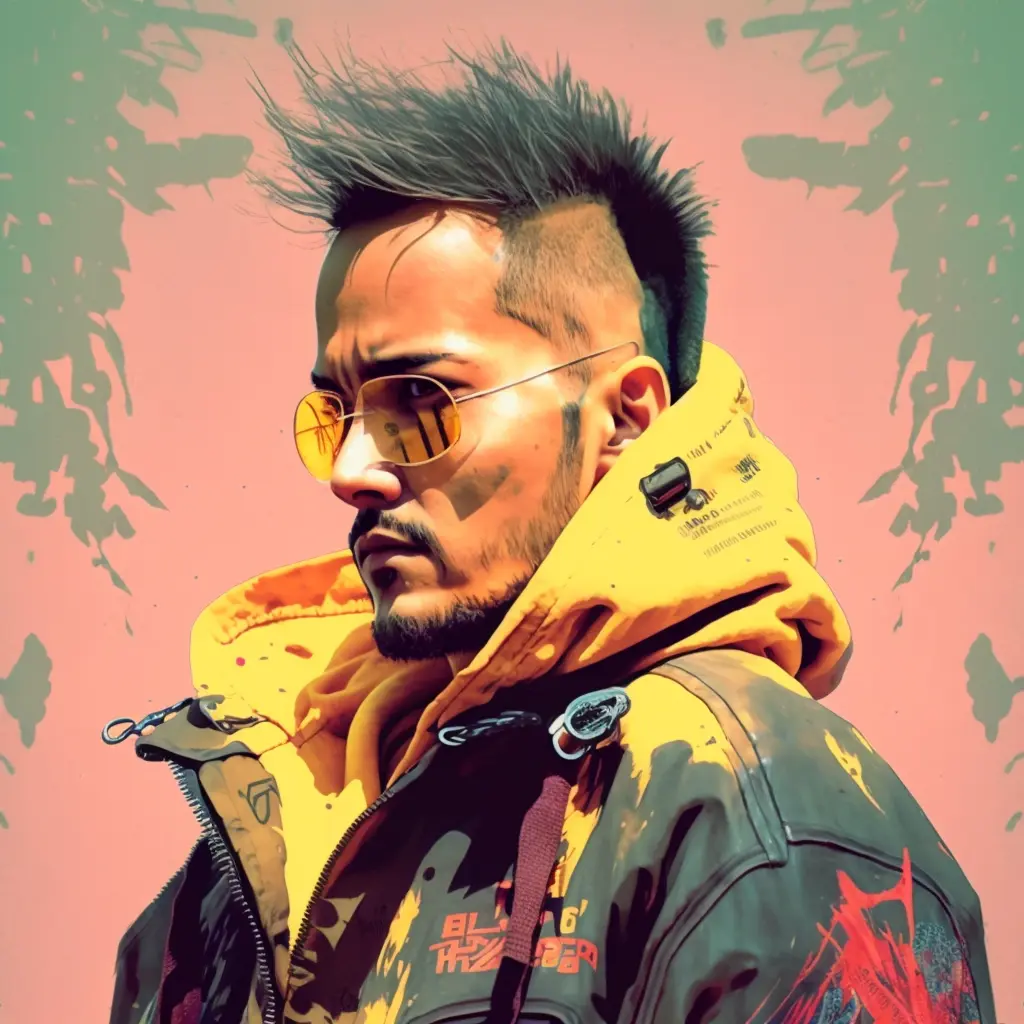
AI-generated art can be unique, with no two pieces of art ever being the same depending on the prompts and commands you throw at it, making the process and the result a dynamic form of artistic expression in its own right.
By training AI algorithms on large datasets of human-generated art, these algorithms can learn to replicate even the unique styles and techniques of famous and renowned human artists. This is an extension of human creativity, as the AI system is essentially creating art that is inspired by human creativity.
AI Art is (Becoming) Indistinguishable From Human Art
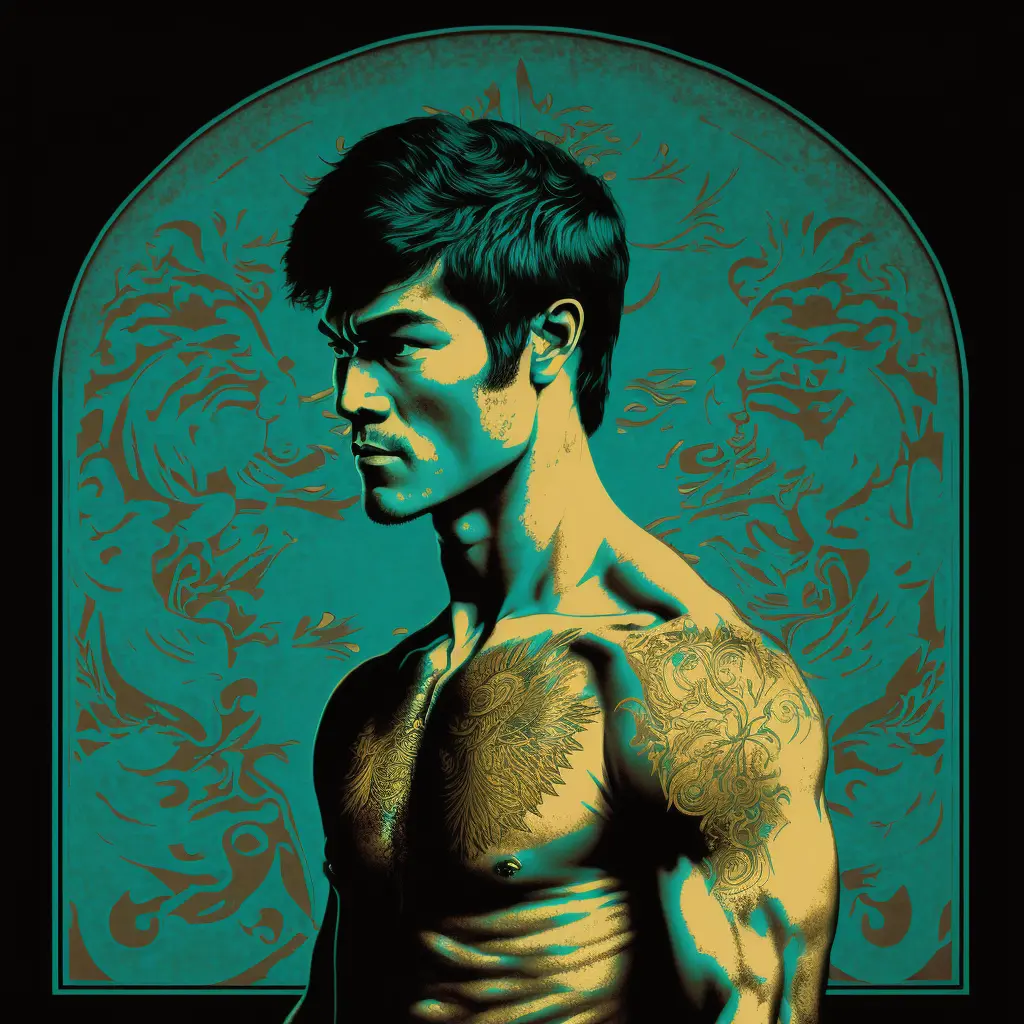
Some even point towards the fact that as technology improves - if we were never explicitly told if a piece of art or tech was created by a human or machine - could we even tell the difference?
If we can’t even tell the difference between what is machine-generated and what is human-generated, blurring the line between “reality” and “virtual”, then what difference does it make in how the art was created?
AI Technology Will Become The “New Normal”
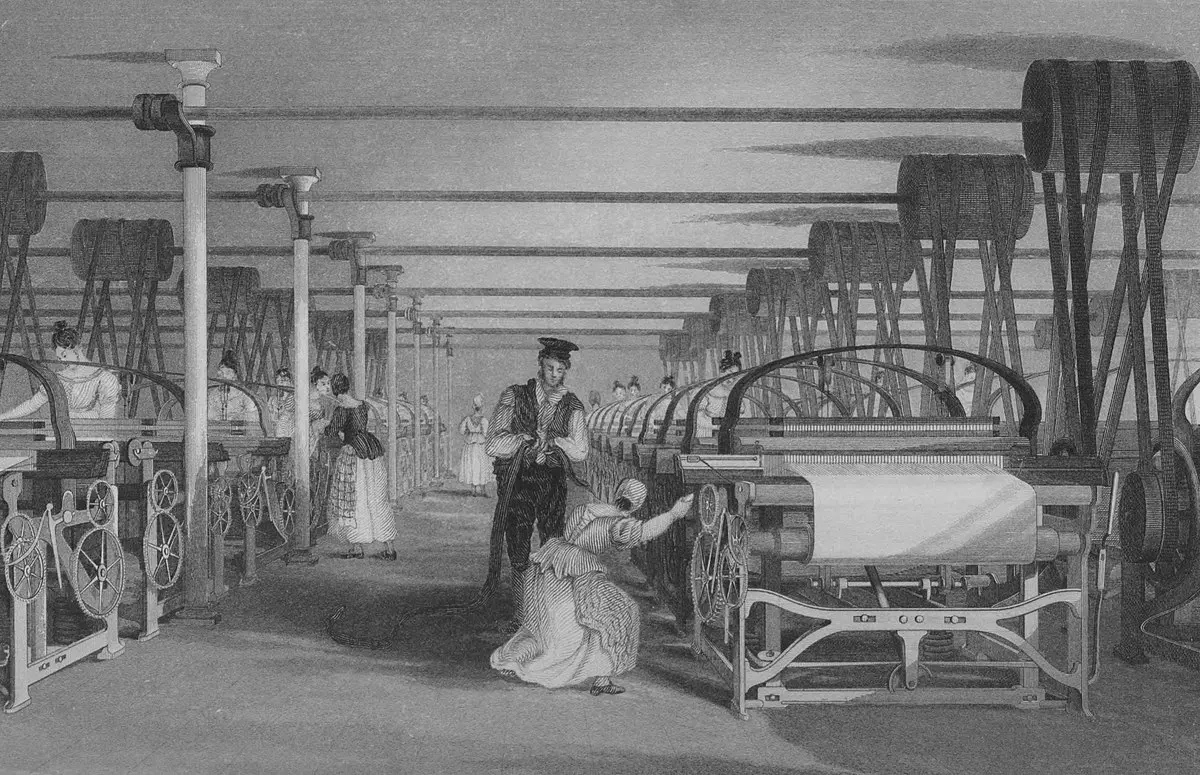
The Industrial Revolution was the transition from creating goods by hand to using machines. Its start and end are widely debated by scholars, but the period generally spanned from about 1760 to 1840.
As technology advances, human life and our way of living will undoubtedly and irrevocably change.
In the world of art specifically, painters and classical artists had to move over and accept new forms of art created by the introduction of human-made technological tools in the past.
The camera invented photography as a new art form and video cameras invented filmography, television, and videography. Musicians who played classical instruments had to give way to electric guitars, electronic music, drum machines, and so on.

At some point in human history, the photographic camera was a completely new technology and threatened the “way of life” of traditional artists everywhere. Now it is accepted as just another way for human beings to capture images and pictures of moments in time and turn them into art.
Just like with the advent of industrial machines, computers, and the internet, the generative AI technology behind AI art and other applications will reach a point where humans will just accept the technology as the new normal baseline (and we are arguably already there). Once a new piece of technology is introduced, it is hard to ignore its use and “put the toothpaste back in the tube”.
AI “Democratizes” Art
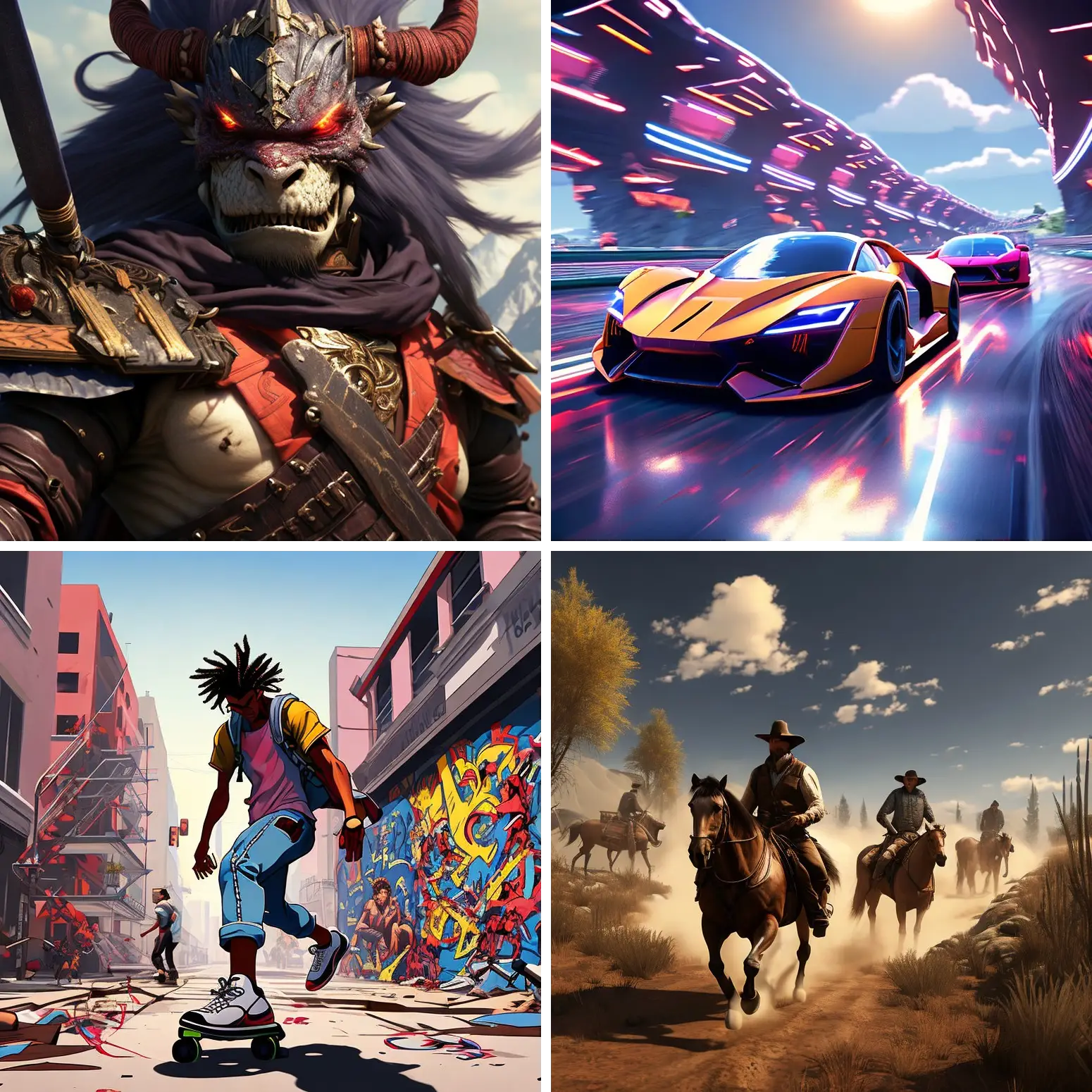
Ludo.ai utilizes advanced AI algorithms and machine learning to produce game images, game ideas, video game market research, game elements, and more. Ludo.ai believes in making the video game ideation and production process easier and more efficient for video game developers and studios alike.
In a completely practical sense to human beings (and perhaps to our capitalistic nature), pro-AI art enthusiasts and AI artists alike are more interested in the function AI art and technology serve.
Not everyone is a trained artist or studied art in an art school, and therefore the average person is focused more on the accessibility that AI technology grants rather than whether AI “art” is ethical or was truly created with meaning behind it or not.
AI and AI art can benefit anyone from large corporations, medium to small-sized businesses, indie video game developers, all the way down to the individual solo developer. It promises to make art accessible to everyone and make it much easier and cheaper to create art than ever before, and that is always a positive.
Conclusion: The Implications for the Future of Artistic Expression

The debate around AI art has significant implications for the future of artistic expression.
If we accept AI-generated art as true art, it could lead to a democratization of artistic expression, as anyone with access to AI tools could create art without requiring traditional art skills or training. Additionally, it could provide new opportunities for collaboration between human artists and AI systems.
It is not without negative side effects, however, as fully embracing AI art would lead to a “hyper” commodification and commercialization of art, as art would no longer hold any meaning to humans and would be created solely for profit or to replace human artists to cut costs.
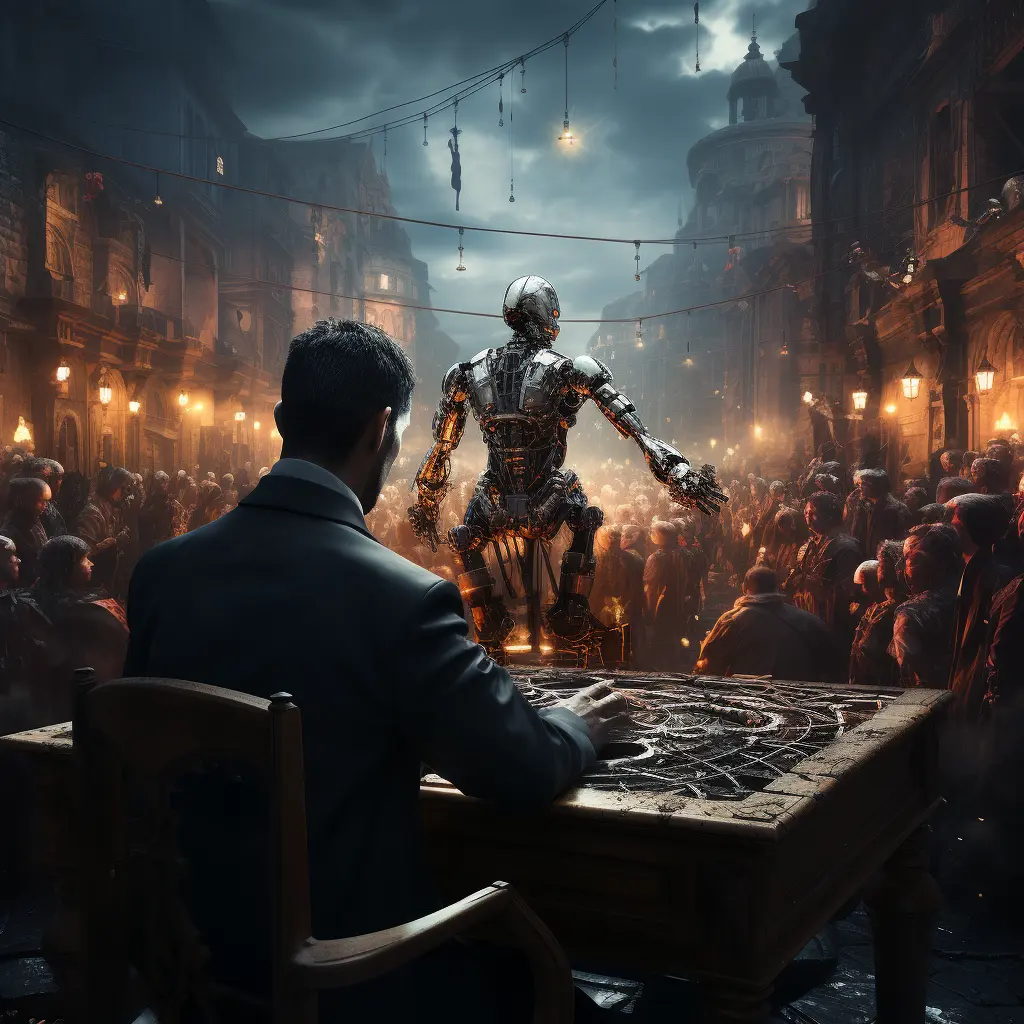
It would be like inventing a food printing machine not to solve world hunger, but to replace the culinary skills of chefs around the world and turn the food industry into a purely money-making scheme rather than farming, preparing, and cooking food for joy, pleasure, culture, and taste.
Embracing AI art would also inevitably lead to a devaluation of traditional art skills and training, as anyone could create “art” with the help of AI tools. Sadly, this was going to happen whether we liked it or not, just like man-made items from a century ago are now either obsolete or all manufactured by machines and rarely by human hands.
On the flip side, if somehow our world leaders gathered together and worked with the creators of AI technology to impose limitations or even bans, AI tech could go down a much weirder and unpredictable, or even dystopian path.

If legal bans were in place, it would protect artists and their livelihoods to continue to be able to make art for a living, but could also create a Prohibition-era world where those who use AI technology wrongfully would be punished or sent to jail.
Ultimately, the debate around AI art is complex and multi-faceted, with valid arguments on both sides. While AI-generated art can be aesthetically pleasing and emotionally impactful, it can be argued that it still lacks the emotional depth and nuance that is unique to human expression.
Whether or not we accept AI-generated art as true art will depend on our definition of art and what we consider to be essential to the (ever-changing) creative process.




